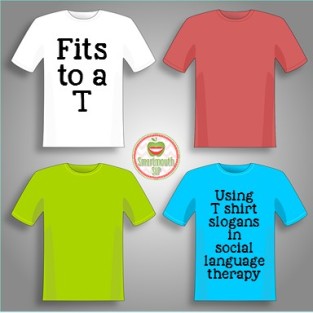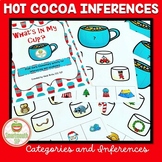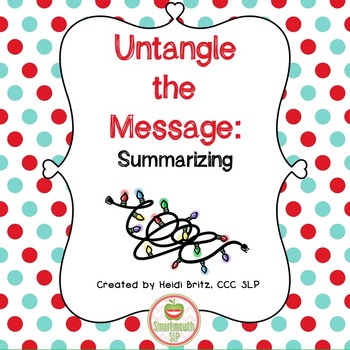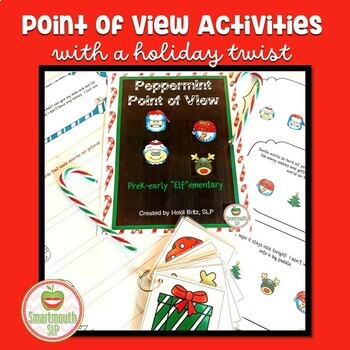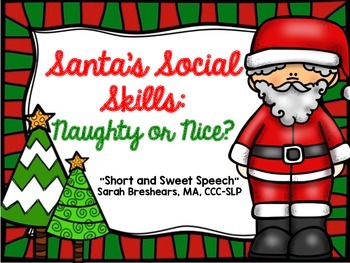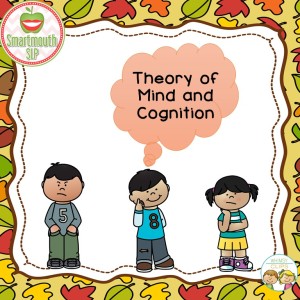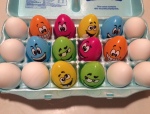
I presented on a professional learning day to a group of SLPs who work with the preschool population. We talked about teaching early social language learning concepts in a preschool setting for most of the day. I was very excited to share how I use the concepts of Social Thinking, The Incredible Five Point Scale and Zones of Regulation with them! The concepts in these teaching methodologies can be pretty complex but I tried to find examples of how they can be simplified for little people too.
One of the ideas I had was to create these social concept mobiles (social+mobile= sociables, get it?!) . Conceptually, Pre-K and K students are working on identifying feelings and emotions in themselves and others, learning to regulate those feelings and emotions and then figuring out how their thoughts and emotions make other people think and feel too. Heady stuff for four and five year olds, right? But the color coding system approach of the Zones of Regulation and the Incredible Five Point Scale are fantastic visual tools to work on these skills from a very young age!
My sociables align with the color system as well. Read more about the use of Zones and the Incredible Five Point Scale (you can thank me later) and consider investing in both of these teaching products, it’s money well spent. Think about applying for a Donor’s Choose grant or a PTA grant through your school to fund your own social language library!

At the top of the sociable, I cut out square pieces of colored construction paper that align with the Zones: red (mad), yellow (frustrated), green (happy) and blue (sad) . For the sake of the discussion, I simplified the colors into one emotional state, but the Zones goes into variances along the spectrum of emotions in each color much more in depth! You can cut out pictures from magazines or print Boardmaker pictures of things/situations that might elicit these feelings or emotional states. For example, for blue, I might have a picture of someone losing a game or watching a sad movie.
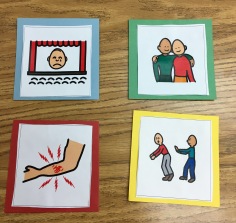
Then I attach three cut outs along a string that hangs from the colored square. I created a thought bubble (what am I thinking?), a heart (what am I feeling?) and a speech bubble (what would I say?) using PowerPoint shapes. You can color code the string, yarn or ribbon with the color to give more visual cues for the zone or use the same zone color for all the construction paper squares for your sociables. This could be a great co-treat project to do with your Occupation Therapist (OT) to work on cutting, threading, gluing and identifying sensory regulation ideas!
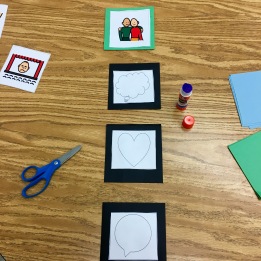
For example: Green Zone and the picture at the top is of two friends, my thought bubble could be thinking, “I like my friend!”, my feeling heart could be, “I feel happy!” and my word bubble might be “I like playing together!”. For your littles who aren’t writing yet, you can have them dictate to you and you write them down on the pieces or they can glue picture representations on each one . Your students might need picture choices to scaffold responses (use these with your non-verbal students to support their participation too). Emoji stickers would be a fun way to identifying feelings, for example. I laminate my teaching model (so I can reuse it), and I show the kids my final product before we start, to give them a visual of what we are working towards.
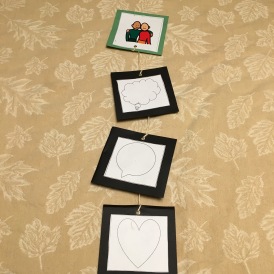
Hang these sociables from your class ceiling or create a bulletin board for your class! You can extend the conversation to include talking about the strategies we can use to move from red, yellow or blue feelings back to green feelings (calm and happy) using the Zones and Incredible Five Point Scale curriculum. Don’t forget to talk about how it’s okay to have ALL of these feelings and that no one is in the green zone all the time, but we have tools to use to get us there. You have built in a visual support for emotional regulation right into your room all day long!
How do you support this skill with your young students?
